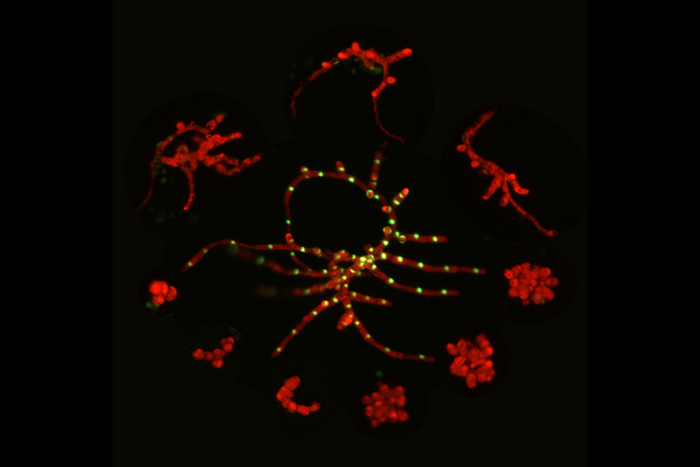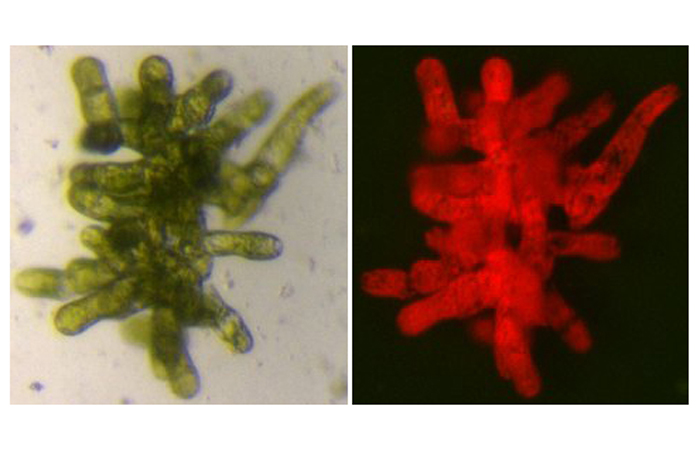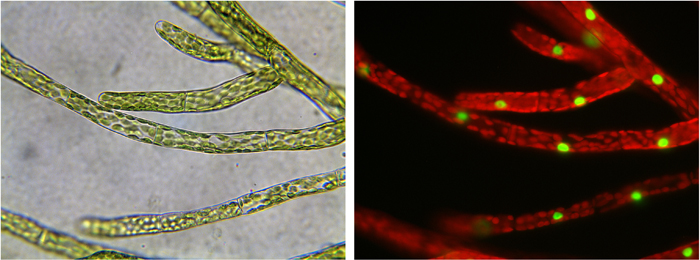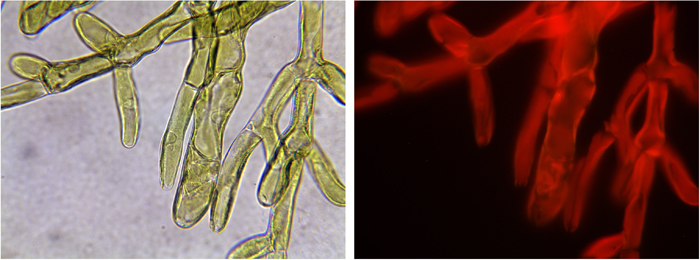Plant Detectives Dig Into How Cells Grow

This Research in Action article was provided to Live Science in partnership with the National Science Foundation.
Some consider the lowly moss plant a weed. Others find its luxurious, green abundance across forest floors inspiring. For plant detectives at the University of Massachusetts at Amherst, moss, specifically Physcomitrella patens, is a model system that may hold the key to understanding how all cells grow.
Because animal and plant cells use many of the same processes to develop their shapes and patterns, findings from this research may advance understanding of fundamental growth processes for multiple kinds of organisms. "There is a gap in our basic knowledge of how cells actually work," says Magdalena Bezanilla, a cell biologist who leads the effort. "It would be nice to see things [animal and plant cell growth] that are so divergent have similar mechanisms."

P. patens' simplicity gives the researchers several advantages in their search for clues about the growth process. It is the only plant that readily permits precise gene targeting. This allows researchers to remove specific genes and replace them or eliminate them completely and observe the result. The moss can also regenerate a whole plant from a single cell in just seven days.
Currently, Bezanilla and her team are investigating how the cytoskeleton (a cellular scaffold found in both plant and animal cells) directs growth. In particular, the researchers are determining which molecules drive the process. By targeting certain genes, they can systematically study whether protein interactions, chemical signals or actions that are external to the cytoskeleton direct growth.

"We know the cytoskeleton is important to the process of setting up polarity in cells, but we don't know the detailed mechanism," says Bezanilla. In cells, polarity helps to define shape, cellular organization and function within tissues.
Once the researchers identify the core set of molecules at the heart of the growth process, the researchers can apply this evidence to two extreme forms of polarity: reproduction and root hair formation. A misstep in either process puts a plant at a significant disadvantage. For instance, if a pollen tube fails to grow from a pollen grain and transport sperm cells down to a plant's ovary, no new plants will result. If roots fail to generate root hairs, a plant in an arid environment will wither and die.
Sign up for the Live Science daily newsletter now
Get the world’s most fascinating discoveries delivered straight to your inbox.

"Our findings could have important implications for agriculture," says Bezanilla. Manipulating reproduction could ensure genetically modified plants never cross-pollinate with wild species and controlling root hair growth could create robust plants that withstand limited water resources.
Editor's Note: Any opinions, findings, and conclusions or recommendations expressed in this material are those of the author and do not necessarily reflect the views of the National Science Foundation. See the Research in Action archive.










